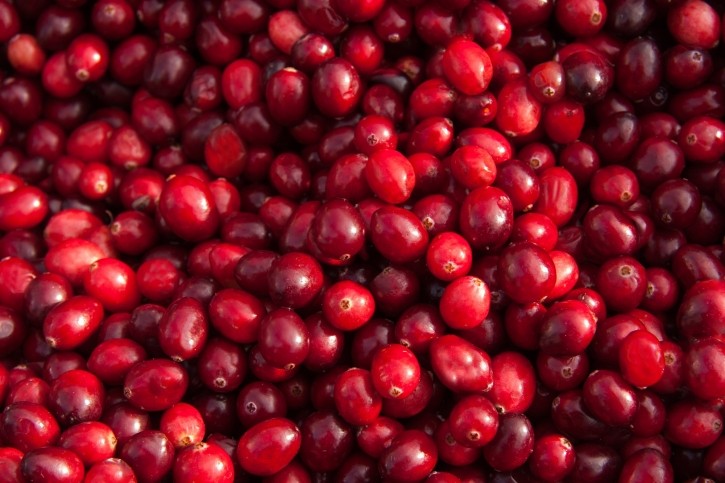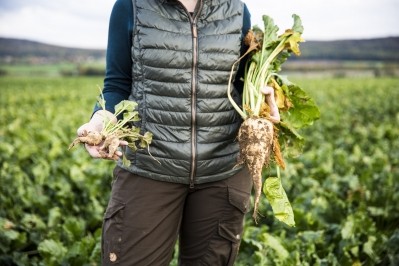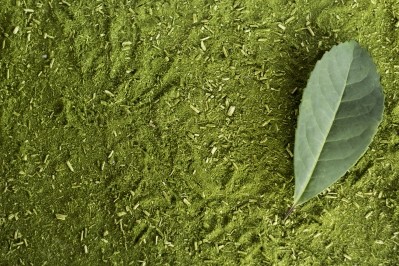Ingredient Insights: Upcycled cranberry seed oil for product formulation

Upcycling has emerged as a major tenant of many companies’ strategies to adhere to the principles of environmental sustainability in the cosmetics and personal beauty care product spaces. One organization that has embraced upcycling as a key part of its sustainability model is Fruit D’Or, a Canadian food products supplier founded in Quebec in 1999.
As a leader in the organic production and processing of cranberries and wild blueberries, Fruit D’Or utilizes innovative organic farming practices and a proprietary process for the recovery of co-products during cranberry processing to harvest and produce cranberry seed oil, which can then be used by manufacturers and suppliers of cosmetic and personal beauty care products for formulation.
At the In-Cosmetics Global conference earlier this year, Fruit D’Or exhibited and showcased its first cold pressed virgin cranberry seed oil, which can be incorporated into facial, body, and hair care product formulations including moisturizing and anti-aging cosmetics, body scrubs or lotions, and hair shampoo and conditioners. To learn more about this versatile and effective upcycled ingredient, including the multiple benefits of use and its proprietary sustainable cultivation process, CosmeticsDesign spoke with Annie Bouchard, Senior Brand Manager in Corporate Marketing at Fruit D’Or for her insights.
Closed loop cultivation
As detailed in literature shared with CosmeticsDesign at In-Cosmetics Global, Fruit D’Or’s proprietary cranberry upcycling process flows through several stages. Following the arboriculture and harvest of the cranberries, the fruit is sorted, washed, and dried. From there, the fruit is separated and processed for its seeds, which undergo particle size screening and then are ground into powder or pressed into oils, while the fruit pulp is processed into fruit water or fruit juice.
One aspect of Fruit D’Or’s sustainability practices is its closed loop cultivation process. As explained by Bouchard, “at Fruit d’Or we always seek to develop sustainable practices. We have therefore deployed various methods to keep our production in a closed circuit.”
She further illustrates how this process is carried out, sharing that “our cranberry producers collect water from rain and snowmelt, which is usually enough to ensure the cultivation.” This harvested water is “contained near the fields, then routed using irrigation to water the plants,” she said. In this way, “this is one of the initiatives we have in place to ensure good environmental practices and on customers end, responsible sourcing,” she stated.
Potential benefits of cranberry seed oil
“There’s nothing quite comparable to the cranberry seed oil in the market currently due to the unique linoleic profile of the oil, which is COSMOS certified,” said Bouchard. Further, it is the “fatty acid profile of cranberry seed oil” that makes it unique, she added. “It stands out for its high concentration of alpha-linolenic acid (omega-3) as well as its 1:1 ratio of linoleic to linolenic acid.”
For manufacturers and suppliers of cosmetic and personal beauty care products, the benefits of cranberry seed oil that qualify it as an attractive option for end-stage product formulation for skin include the potential to “regenerate and protect the skin’s moisture barrier and improves elasticity, soothe dry skin, and illuminate the skin and make it radiant,” she detailed. For hair care products, potential benefits include “conditioning and beautifying hair, repairing split ends and dry, damaged hair, and protecting hair through a naturally contained sunscreen.”
















